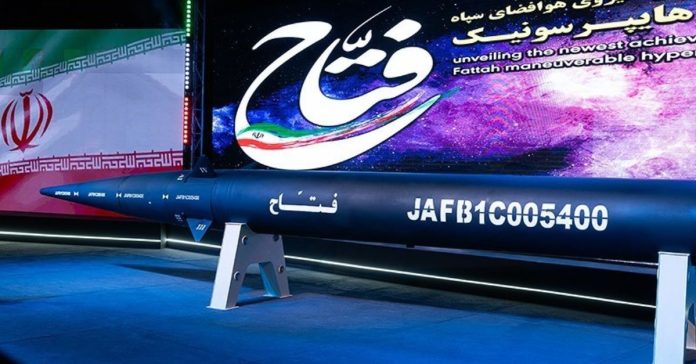
The sight of hypersonic missiles rolling past drenched streets in Pyongyang was more than ceremonial pageantry it was a calculated broadcast of engineering ambition and geopolitical defiance. North Korea’s latest military parade, staged for the 80th anniversary of the Workers’ Party, placed cutting-edge missile systems at the center of a trilateral tableau with senior Chinese and Russian officials, underscoring the country’s transformation from isolated pariah to indispensable partner in an emerging anti-Western alignment.

1. Hypersonic Ballistic Missile Engineering
The parade showcased the Hwasong-11Ma, a hypersonic boost-glide missile based on the Hwasong-11 family. Differently from conventional ballistic warheads, its wedge-shaped vehicle separates after launch, flying along the edge of the atmosphere at over Mach 5 velocities with unpredictable maneuvers. Such flight profiles inhibit effective tracking with radar as well as interception with existing algorithms, a feature North Korea has developed since at least 2021. The TEL of the weapon carries two rounds with high mobility as well as survivability to preemptive attacks. Analysts point out design similar to the Hwasong-11Da variant with possible use of large conventional or nuclear warheads, indicative of warhead modularity.

2. The Hwasong-20 ICBM: Solid-Fuel and Multi-Warhead Potential
The introduction of the Hwasong-20 intercontinental ballistic missile represented a jump in North Korea’s strategic reach. State media says that with a carbon-fiber solid-fuel engine putting out 1,971 kilonewtons of thrust, the new missile outpowers earlier indigenous designs. Solid propellants facilitate fast launch readiness and stealth over earlier liquid-fueled predecessors. The size of the missile and payload bay suggest multiple reentry vehicle (MRV) potential, a direct refutation of layered missile defenses. South Korean President Lee Jae-myung warned that such systems puts Pyongyang near fielding nuclear warheads that could reach the U.S. mainland.
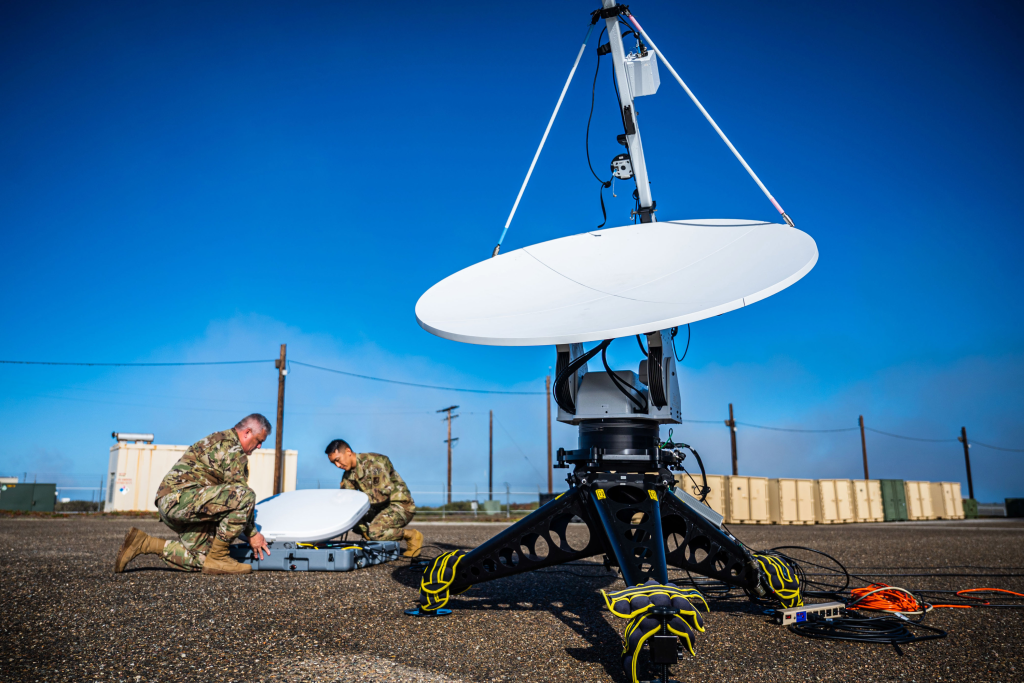
3. Battlefield Systems: Armored Vehicles with Electronic Warfare Suites
As a complement to the strategic missiles, the exhibition featured tanks with latest-era electronic warfare (EW) systems onboard. They presumably feature broadband jamming, counter-Unmanned Aerial Vehicle (UAV) technologies, along with communication disruption modules. Platform-level EW integration gives the platform survivability versus precision-guided munitions as well as unmanned aerial attacks, based on Ukrainian experience wherein EW played the crucial role in destabilizing the adversary’s targeting networks.
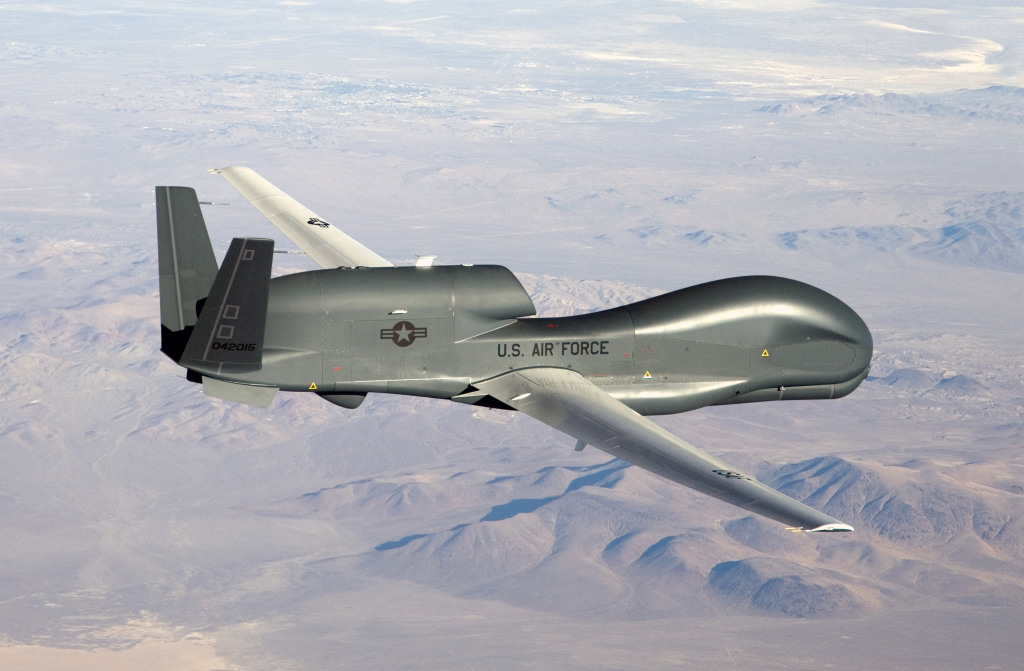
4. Drone Warfare Lessons from Ukraine
North Korean Saetbyol-4 and Saetbyol-9 drones, based on the American RQ-4 Global Hawk and MQ-9 Reaper respectively, announce a desire to compete in the aerial ISR and strike arenas. The 35-meter wingspan and turbofan engines of the Saetbyol-4 facilitate high-altitude surveillance, and the armed Saetbyol-9’s underwing hardpoints facilitate precision attacks. Combat exposure accrued through deployments with Russian troops in Ukraine where drones have transformed battlefield operating procedures presumably shapes current design refinement. Smaller Kumsong-series tactical drones, with different launch systems as well as different attack profiles, broaden the possibilities for swarm maneuvers as well as armored target attacks.
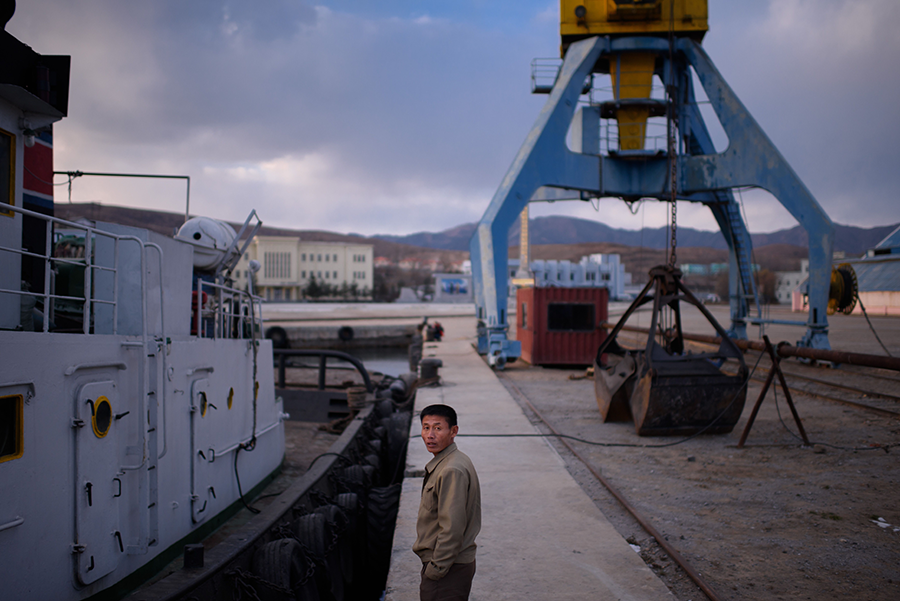
5. North Korea’s Arms Transport Network to Russia
Open Source Centre satellite and logistics assessment recognizes that since August 2023, Pyongyang has shipped between 4.2 million to 5.8 million artillery shells to Russia, at a pace of 7,400 rounds per day. Highly synchronized with Russian attacks in Avdiivka, Chasiv Yar, and Kharkiv, these flows made up internal Russian-production deficiencies. Without this, the Russian daily consumption diminishes by nearly 40%, constraining operating tempos.

6. Strategic Partnership Treaty and Troop Deployments
The June 2024 Comprehensive Strategic Partnership between Pyongyang and Moscow binds reciprocal military aid under Article 51 of the UN Charter. This legal construct enables dynamic interpretation yet broadcasts intent. North Korea has committed around 15,000 army troops along with special forces to the Kursk front of Russia, the most substantial foreign combat involvement since the Vietnam War. Such deployments are twin-purpose: reinforcing the manpower of the recipient state as well as North Korean troops receiving live combat experience.

7. Policy Change of China towards Denuclearization
Beijing’s non-inclusion of “denuclearization” in recent statements with Pyongyang is a conscious change of course. Not stressing the nuclear issue, Beijing preserves strategic alignment with both Russia and North Korea as it ramps up rivalry with Washington. Premier Li Qiang’s latest appearance in Pyongyang alongside Dmitry Medvedev represented implicit endorsement of North Korea’s strengthened deterrent strategy.

8. Synergies des Ingénieries et Trans
There is evidence of potential paybacks from Russia to North Korea’s wartime assistance in the form of missile guidance and reentry tech, ostensibly solving old Pyongyang weaknesses in ICBM accuracy and warhead survivability. The North’s successful launch of a military satellite in early 2024 coming after the visit to the Russian Vostochny Cosmodrome by Kim Jong-un cements the allegations of high-end aerospace cooperation.
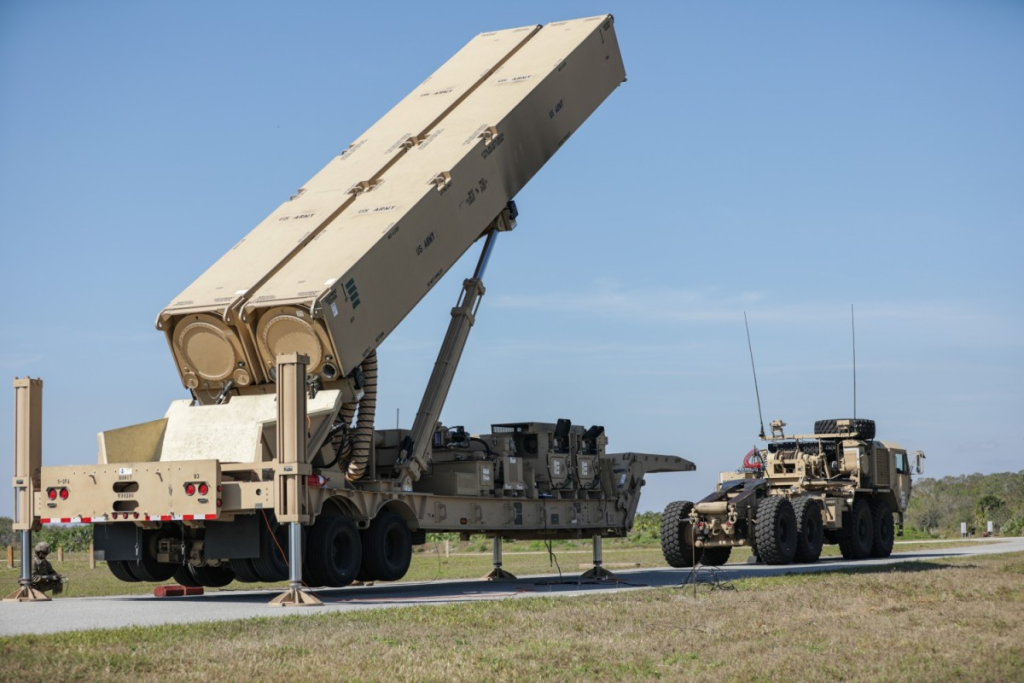
9. Regional Security Structure Implications
The integration of hypersonic strike systems, solid-fuel ICBMs, and high-end EW-equipped armor within the North Korean arsenal makes defense planning more challenging for South Korea, Japan, as well as the United States forces within the Pacific. The combination of strategic-range deterrents with tried conventional systems blurs the distinction between conventional and nuclear war, creating the risk of escalation within any future conflict. The North Korean procession was therefore something of a national morale show or rather, it was a carefully conceived coming together of engineering genius, battlefield innovation, and geopolitical signaling, aimed at repositioning itself within a Russia-China-North Korea strategic alignment that challenges prevailing order in East Asia as frequently as it seems to uphold it.
